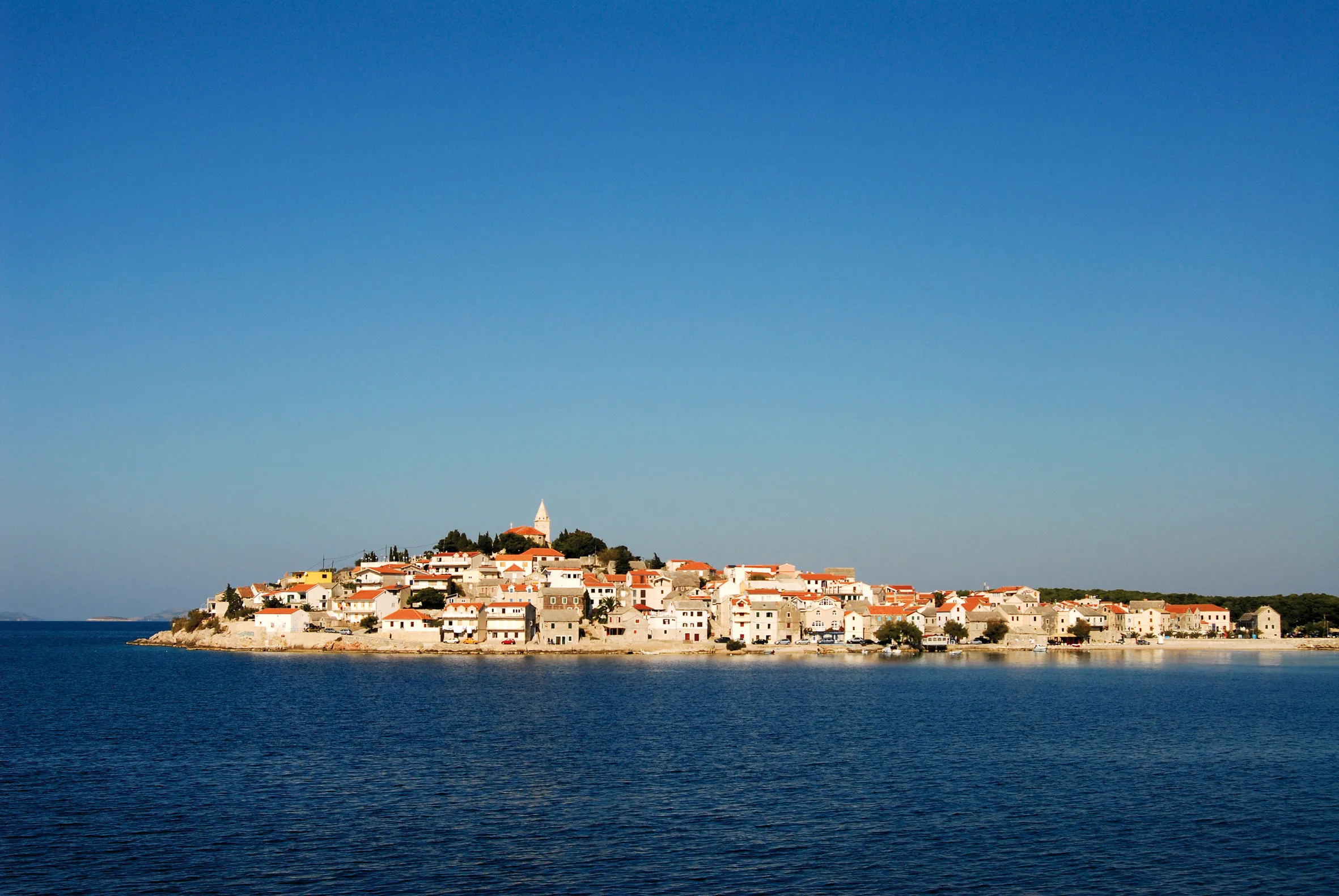
Located at the crossroads of the Mediterranean and Central Europe, an ancient nation although a young state, Croatia certainly born from pain, but with its U-shaped form similar to a horseshoe is like a lucky charm for the traveller who discovers it.
Sometimes Roman, Byzantine, Venetian, and in the north, with Hungarian and Habsburg influences, Croatia is this mosaic of Latin and Slavic cultures, a country whose cities are reminiscent of Venice, Vienna, Constantinople.
Folklore and gastronomy obey these same rules: It is not uncommon to hear songs of Dalmatian sailors in Split that evoke Corsican polyphonies. We cook with olive oil, the ham is reminiscent of Parma, the sausage has nothing to envy from the Hungarian salami, while honey sweets take us to Istanbul.


Mediterranean region among the most populated in Roman times, Dalmatia has left us precious palaces and ancient villas, wine culture and the Latin alphabet. From the Venetian era (eleventh to eighteenth century) the coast and the islands preserved a beautiful artistic and architectural heritage, symbolic of a triumphant and conquering Renaissance. So in Korcula, Trogir or Sibenik where the lion of Saint Marc seems to watch over a preserved heritage.
Dubrovnik: The ancient Ragusa is a beautiful introduction to travel: monasteries, palaces and fountains of the Renaissance compete with the heart of ramparts reminding how much this coveted sea power had to fight for its independence.
Split: the largest city of Dalmatia attractive especially by its palace: it is there that Diocletian, a simple soldier who became emperor, chose to finish his days after his abdication in 305 after J.-C.
Sibenik: this peaceful city, ideally located in front of the Kornati Islands, has a special aura thanks to its cathedral, a technical feat with pure lines entirely made of stone.
The islands: the Dalmatian coast stretches between a mountain range and a myriad of islands, touches of greenery in the middle of a sea so blue that it seems to from a painter’s palette.
In Vis, time seems to have stopped and for good reason: from 1945 to 1989, the island farthest from the mainland and closest to Italian territorial waters served as a naval base for the Yugoslav army. Its access was forbidden to foreigners and its inhabitants condemned to autonomy have kept to their ancestors’ way of life: fishing and cultivation of the vines.
In the spring the island of Hvar is covered with lavender. The city of Hvar is built around a charming harbour. It has retained its medieval structure but has nothing to envy the summer to the bustle of Saint-Tropez: terraces and walks are the places where we like to see and be seen.
The navigation in Kotor is an unusual sight: it seems to be lost in some fjords, and yet it is the Adriatic Sea that fades here in vast expanses of clear water where the cliffs overhang. Kotor, nestled in a bay, has the charm of the southern and Balkan cities: it is good to stroll through its shaded streets or to immerse yourself in history by a detour to the maritime museum or the Romanesque cathedral. Fortified in the Middle Ages, the city was one of the most influential Dalmatian city-states during this period, before falling to Bulgaria and then to Serbia. It was thanks to its merchant fleet and the fruitful exchanges it maintained with Dubrovnik and Venice that the city shone and was able to acquire its many palaces still visible today.
